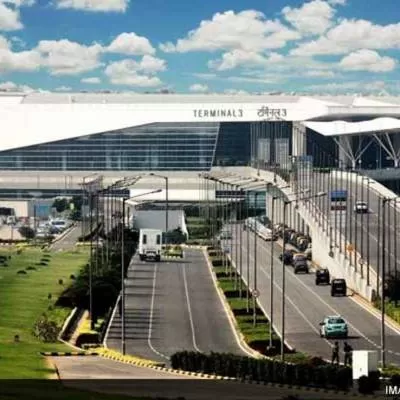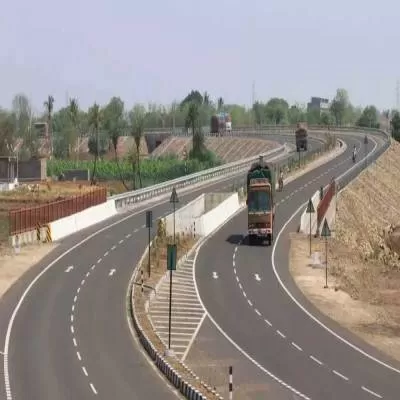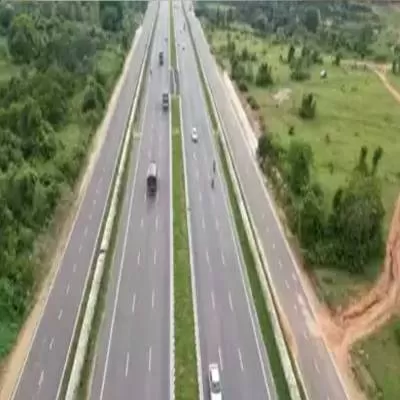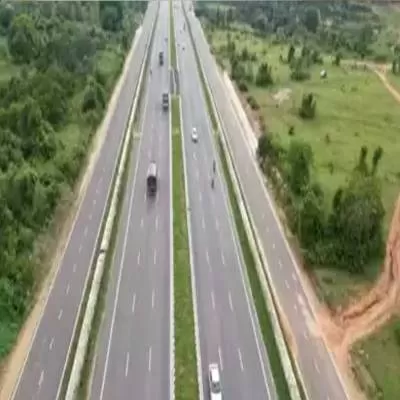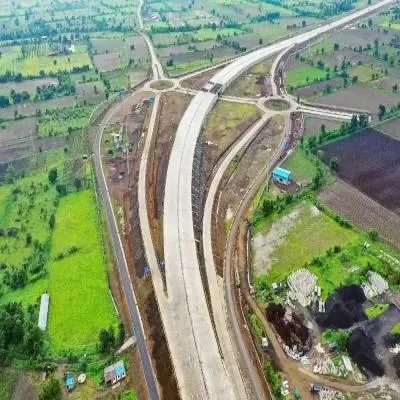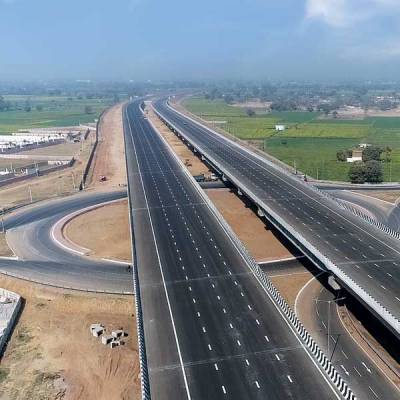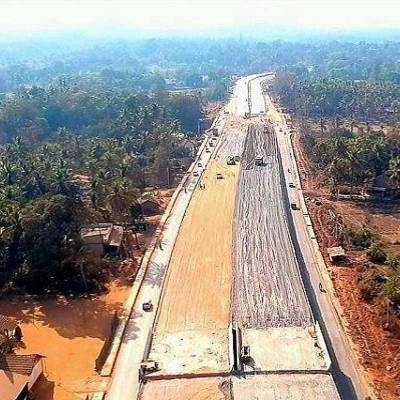- Home
- Infrastructure Transport
- ROADS & HIGHWAYS
- Funding challenges in HAM projects for roads
Funding challenges in HAM projects for roads
On the government’s part, there has been a conscious shift in strategy from traditional BOT model towards EPC and HAM. That said, it is evident that NHAI would need to significantly improve visibility of raising funds on their balance sheet, failing which, there may be speculations about their limited financial bandwidth,” says Sandeep Upadhyay, Managing Director- Infrastructure Advisory, Centrum Capital. “One of the primary challenge today is funding these projects for the next 15 years; so lenders and other stakeholders have to take a call on NHAIs leveraging capabilities over the next 15-20 years. The second impediment is the reluctance of Banks to fund HAM projects given the greenfield risks associated with it. The third risk is associated with the ability of promoters to bring in their contribution of 12-15 per cent of the total capex as equity in HAM projects.” Apart from the these challenges being faced for long term financing, the EPC companies are facing a huge push back from the Banks on the issuance of non-fund based limits against new orders on account of huge NPA fallout with EPC firms due to their BGs being invoked on account of non performance.Of the total 108 HAM projects awarded to date, 60-odd projects have been awarded in FY2018. “Of these, as on February 7, 2019, around 45 per cent projects are yet to complete financial closure (FC) including 20 per cent wherein documents are yet to be submitted,” confirms Vishal Kotecha, Associate Director, India Ratings and Research (Fitch Group). A delay in FC is evident, for which, Kotecha points to “the lack of participation of PSU banks.” HAM was introduced following the failure of the BOT toll model owing to aggressive initial traffic estimates. As Vijay Agrawal, Executive Director, Equirus Capital, says, “HAM was introduced to alleviate toll estimation pressures, get wider market participation in the PPP model and reduce funding pressures on the authority.” Nonetheless, he avers that HAM is also singing a similar tune as the BOT toll model. Awards in HAM assets have significantly dried up, the main reasons being delay in promised land acquisition by NHAI and large lead times in obtaining other regulatory clearances. SHRIYAL SETHUMADHAVANShift from Toll to HAM and back to EPC– Transition


